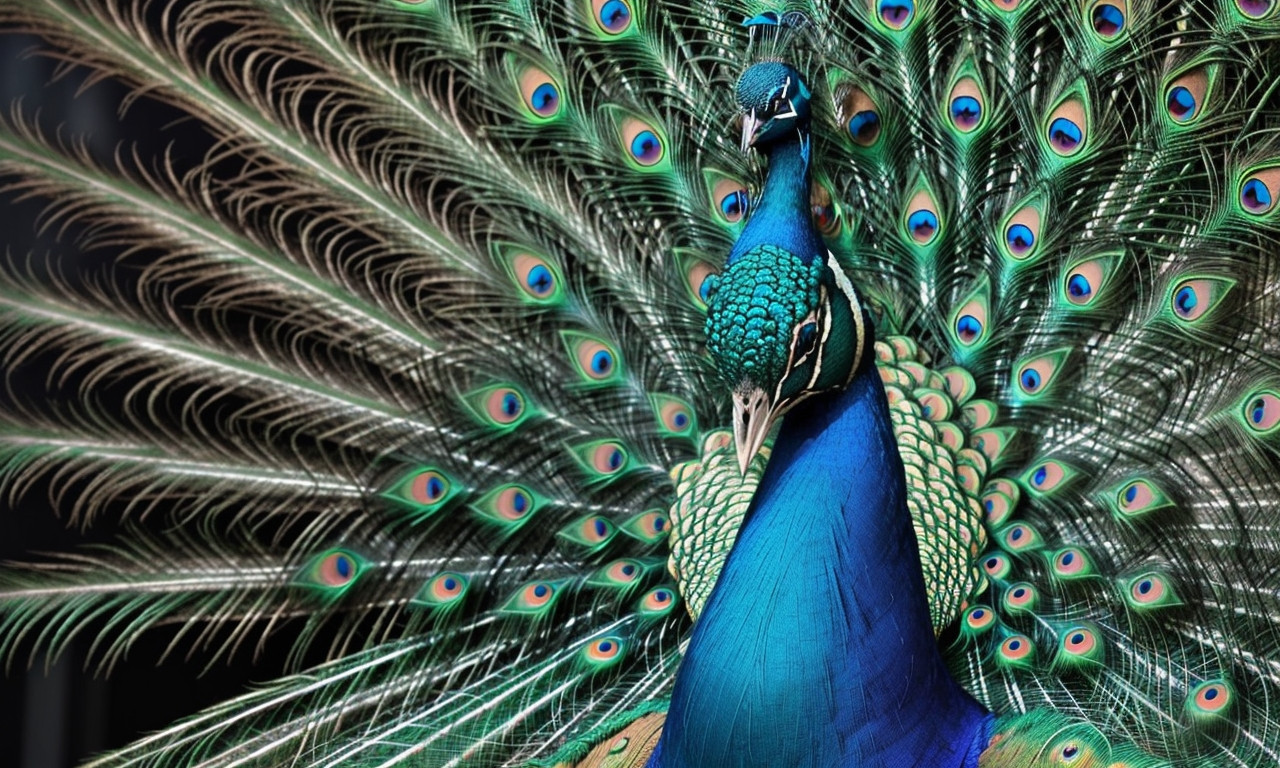Peacock Symbolism Explained – What Do They Represent? Discover Their Mystical Meaning: Unlock the secrets behind the stunning plumage of the peacock. Dive into a world where vibrant feathers aren’t just a feast for the eyes but a gateway to ancient symbolism and mystical meanings. From tales of beauty and immortality to omens and spiritual enlightenment, this captivating exploration will leave you enchanted and yearning to learn more. Join us on this mesmerizing journey into the heart of nature’s most illustrious bird and uncover the layers of wonder that make the peacock a true marvel.
Peacock Meaning & Symbolism
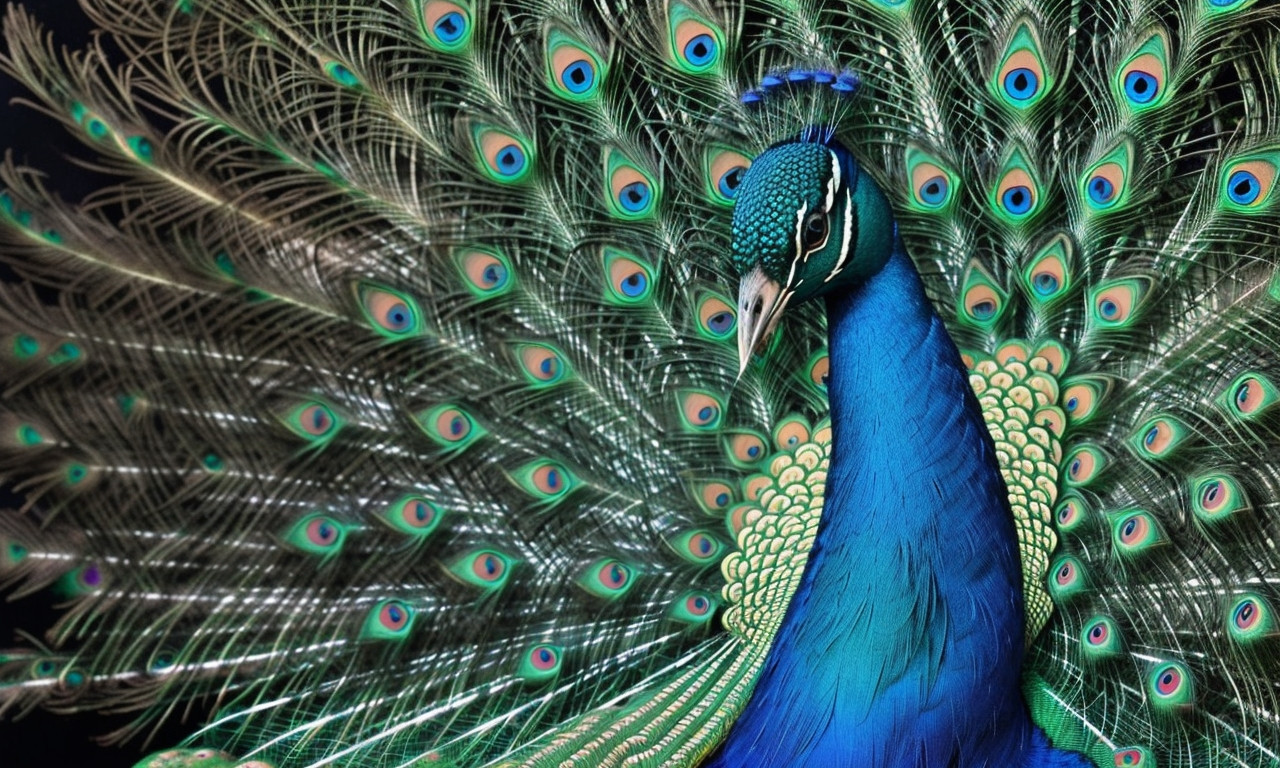
Peacock Meaning & Symbolism stretches across various cultures, signifying beauty, pride, and mysticism. Known for their iridescent feathers and majestic appearance, peacocks hold a prominent place in mythology and spiritual teachings. In ancient Hinduism, the peacock is considered a vehicle for the god Kartikeya, representing benevolence, patience, and fortune. Similarly, in Buddhism, the bird symbolizes purity and compassion, often depicted in conjunction with sacred texts.
The elaborate plumage of peacocks, displaying a plethora of vibrant colors, is frequently associated with the human soul and spiritual enlightenment. Their eye-like feather patterns enhance their mystical significance, often seen as watchful eyes that guard against evil spirits and negative energies. This multifaceted symbolism extends to their courtship rituals, which are emblematic of renewal and resurrection in various mythologies.
In the realm of art and literature, Peacock Meaning & Symbolism is used to convey messages of immortality, integrity, and awakening. The peacock’s cyclical shedding and regrowth of feathers further reinforces themes of renewal and transformation. Recognized worldwide, these birds embody a fusion of earthly elegance and divine beauty, inviting individuals to explore deeper spiritual realms and recognize their innate potential for greatness.
What does it mean when you see a peacock?
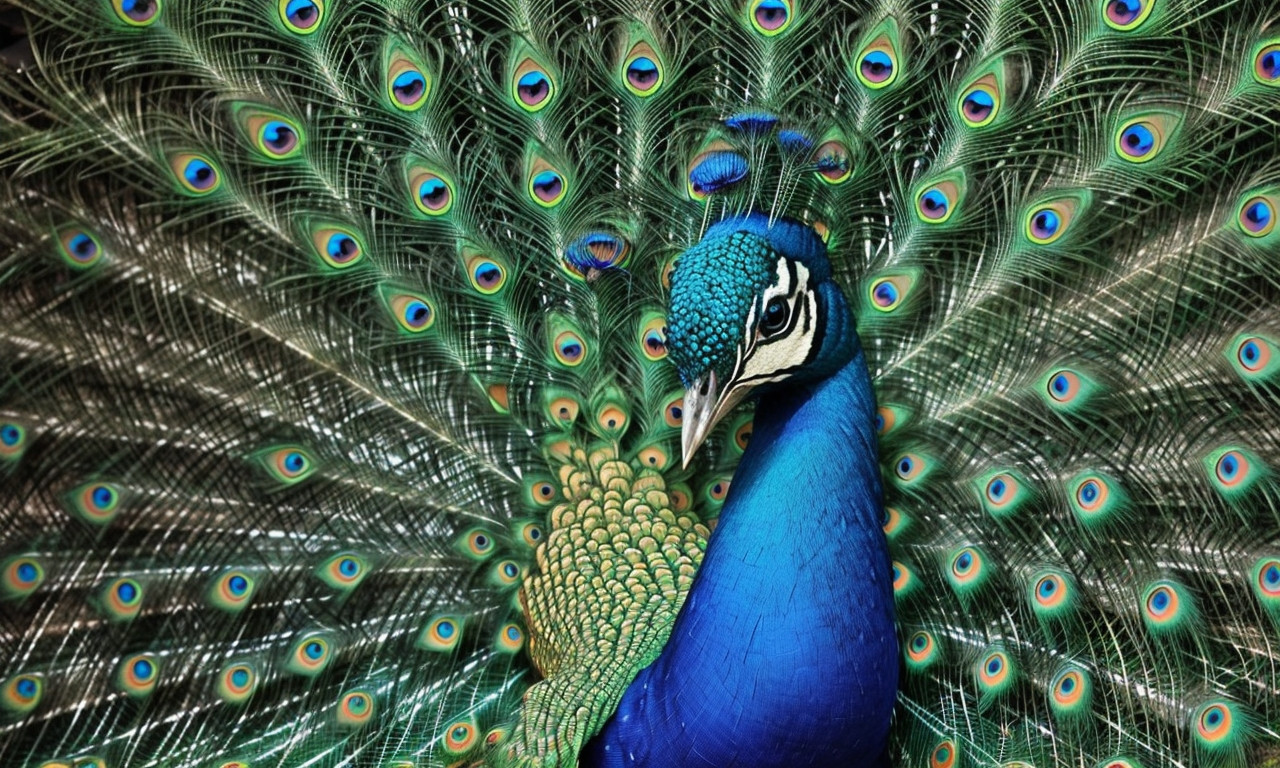
Peacock symbolism stretches across various cultures, embodying profound mystical meanings and spiritual insights. These magnificent birds, adorned with iridescent feathers, symbolize immortality, vision, royalty, and renewal. What does it mean when you see a peacock? In many traditions, seeing a peacock is considered a powerful omen of good luck, protection, and spiritual awakening. This regal bird is often associated with the Phoenix, a mythical creature symbolizing resurrection and rebirth, for its ability to molt and regenerate its vibrant plumage.
In Hindu mythology, the peacock is connected with Saraswati, the goddess of wisdom and the arts, underscoring the bird’s representation of knowledge and enlightenment. In Buddhism, peacocks represent purity and the capability to thrive even amid life’s trials. When you encounter a peacock, it serves as a reminder to embrace your inner beauty and strength, radiating these qualities outwards just as the peacock displays its awe-inspiring feathers.
Moreover, in the realm of dreams, seeing a peacock might indicate forthcoming pride, confidence, or a period of prosperity and growth. Its watchful eyes on its feathers are seen as protective symbols, blending the sense of vigilance with majestic beauty. Thus, a glimpse of a peacock is more than an enchanting visual; it’s a profound symbol urging appreciation of life’s splendor and resilience.
Spiritual Meaning
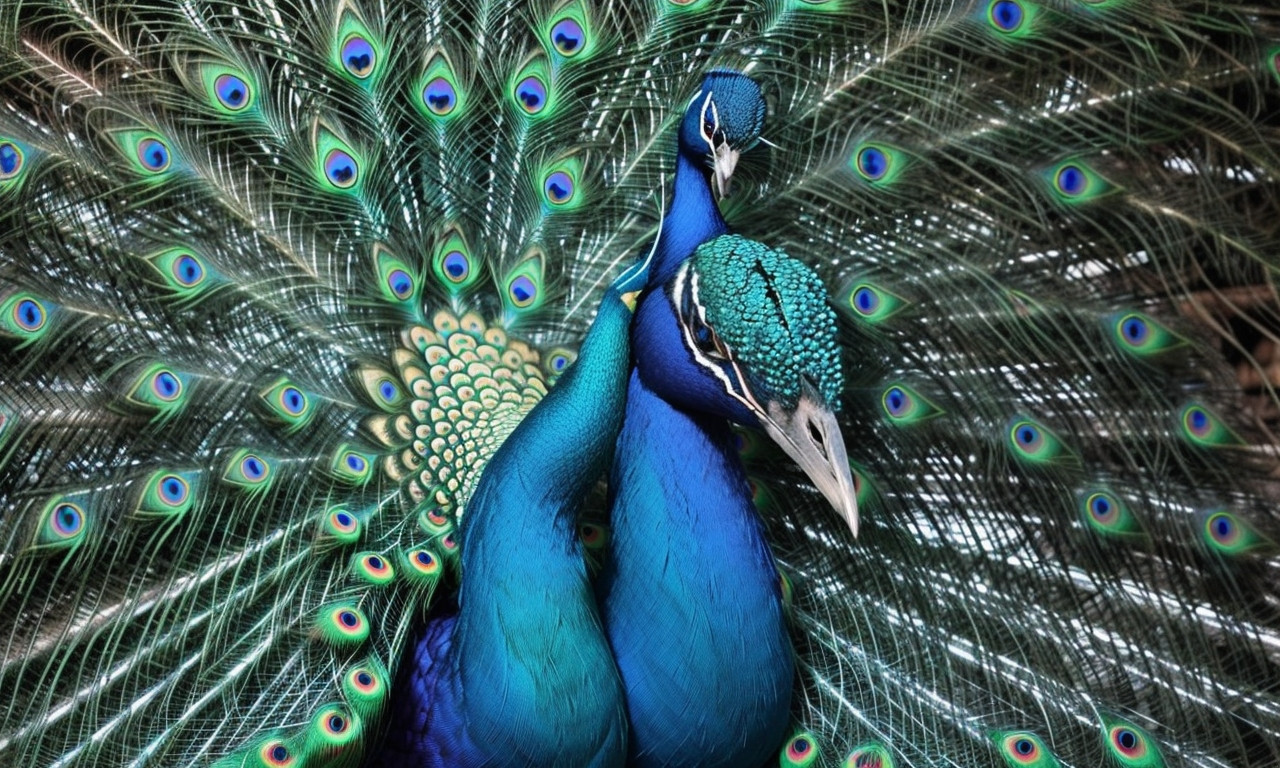
Peacocks have long been revered for their striking beauty and mesmerizing plumage, but their significance stretches far beyond their physical appearance. The spiritual meaning of peacocks is multifaceted, embodying qualities that many cultures around the world hold dear. Traditionally, these magnificent birds symbolize renewal, immortality, and the divine, making them prominent figures in various mythologies and religious contexts.
In Hinduism, the peacock is associated with the deity Saraswati, representing wisdom, music, and learning. In Christianity, it has been a symbol of resurrection and eternal life, often depicted in early Christian art and mosaics. This spiritual meaning also extends to the qualities of vision and mindfulness, inspired by the bird’s ability to display its fan-like tail in a dazzling spectacle. It urges us to be aware of our surroundings and embrace our unique beauty and talents.
Beyond religious connotations, peacocks are seen as harbingers of good fortune and protection. Their elaborate feathers, with eye-like patterns, are thought to ward off evil spirits and negative energy. Overall, the spiritual meaning of the peacock is deeply intertwined with concepts of transformation, grace, and the eternal soul, inviting us to explore our inner depths and radiate our true selves.
Strength and Power
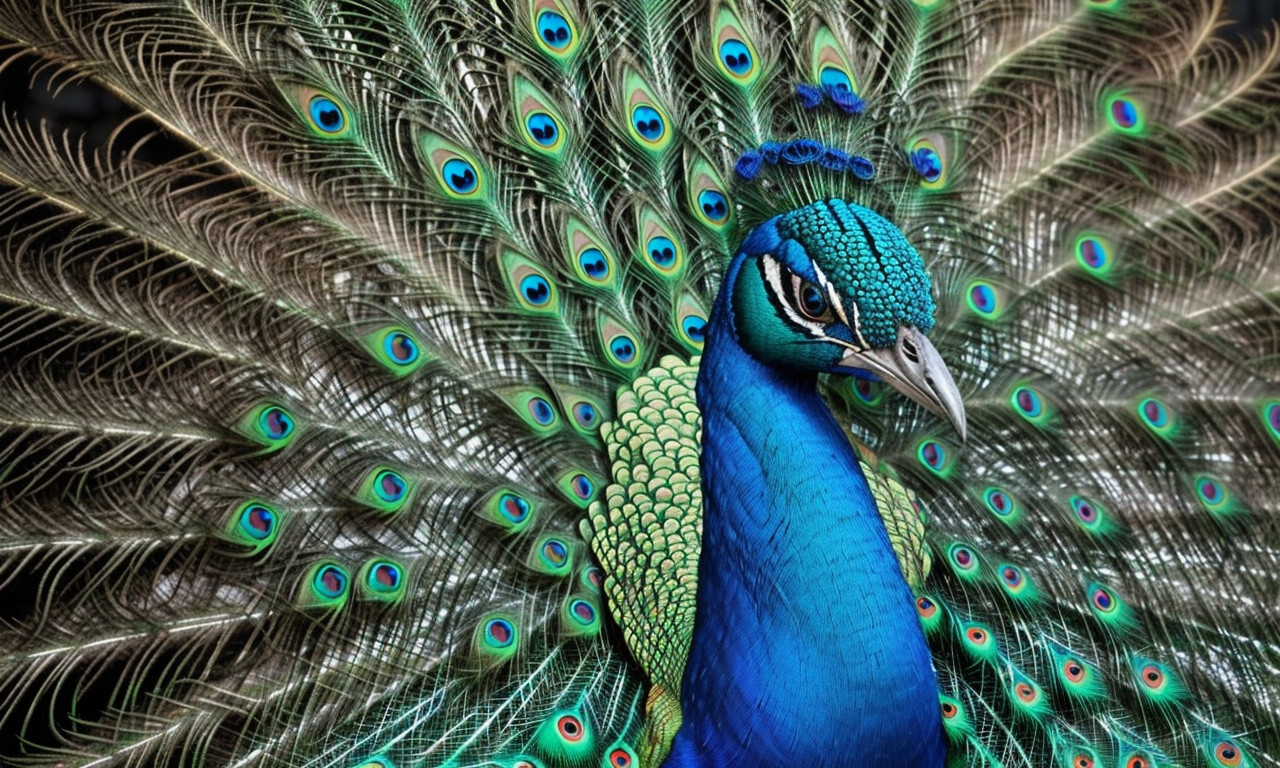
Peacock symbolism is rich and multifaceted, representing various attributes that resonate deeply across different cultures. One of the most compelling dimensions of peacock symbolism is their association with strength and power. These magnificent birds, with their iridescent plumage and regal demeanor, have long been seen as embodiments of authority and confidence.
In Hindu mythology, the peacock is the mount of Saraswati, the goddess of wisdom, highlighting the connection between strength and knowledge. Furthermore, peacocks are often depicted alongside deities who personify strength and power, reinforcing their status as symbols of divine authority. In ancient Persia, the bird was connected with royalty and was considered an earthly manifestation of the cosmic heavens, further emphasizing its grandeur and might.
Moreover, peacocks have an innate ability to endure and thrive, symbolizing resilience. Their majestic display of feathers, each eye-like pattern thought to ward off evil, signifies protection and a commanding presence that demands respect. In the realm of personal growth, encountering a peacock may spur an individual to embrace their own inner strength and power, encouraging self-expression and confidence.
Across the globe, the peacock remains a potent emblem of strength and power, inspiring reverence and awe. Whether in art, religion, or personal symbolism, peacocks remind us of the beauty and might inherent in noble self-assurance.
Beauty and Renewal
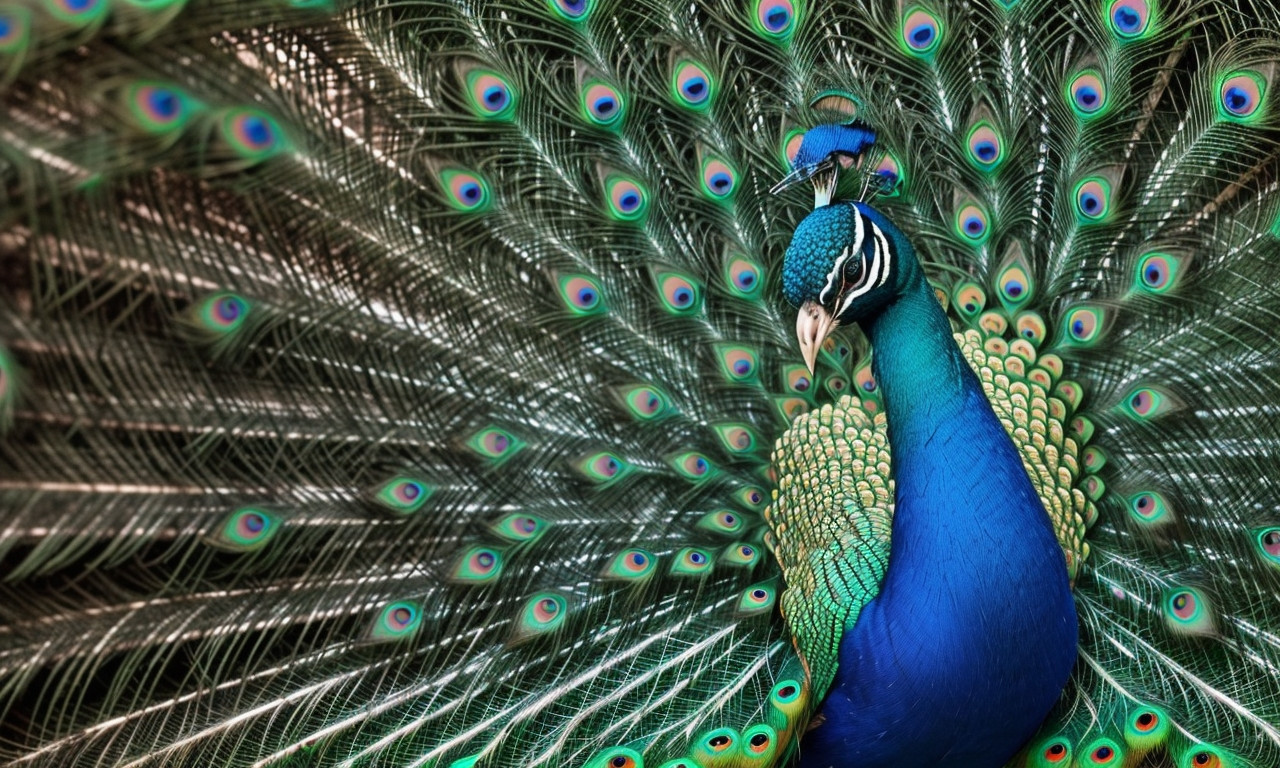
Peacock symbolism is deeply rooted in cultures around the world, often representing attributes such as immortality, beauty, and renewal. This regal bird is renowned for its dazzling plumage, which transforms a muted, modest appearance into an explosion of vibrant colors when it fans its tail. The peacock’s transformation is more than just a display of beauty; it symbolizes the cycle of renewal and rebirth. Often associated with the Greek goddess Hera, who adorned her chariot with peacock feathers, these birds embody grace and elegance.
In many spiritual traditions, the peacock is seen as a sign of divine protection and a promise of rejuvenation. The periodic shedding and regrowth of its feathers tie into themes of resurrection and eternal life, reinforcing its symbolism of renewal. Furthermore, the vivid "eyes" on the feathers are believed to guard against negative energies, ensuring that beauty and renewal are ever-present.
Peacocks also play a significant role in Hinduism and Buddhism, symbolizing purity and the soul’s journey towards self-realization. Their presence in myths, art, and literature enhances their mystical aura. Whether through their stunning visual appeal or their deep spiritual connotations, peacocks continue to captivate and inspire, reminding us of the enduring power of beauty and renewal.
Divinity
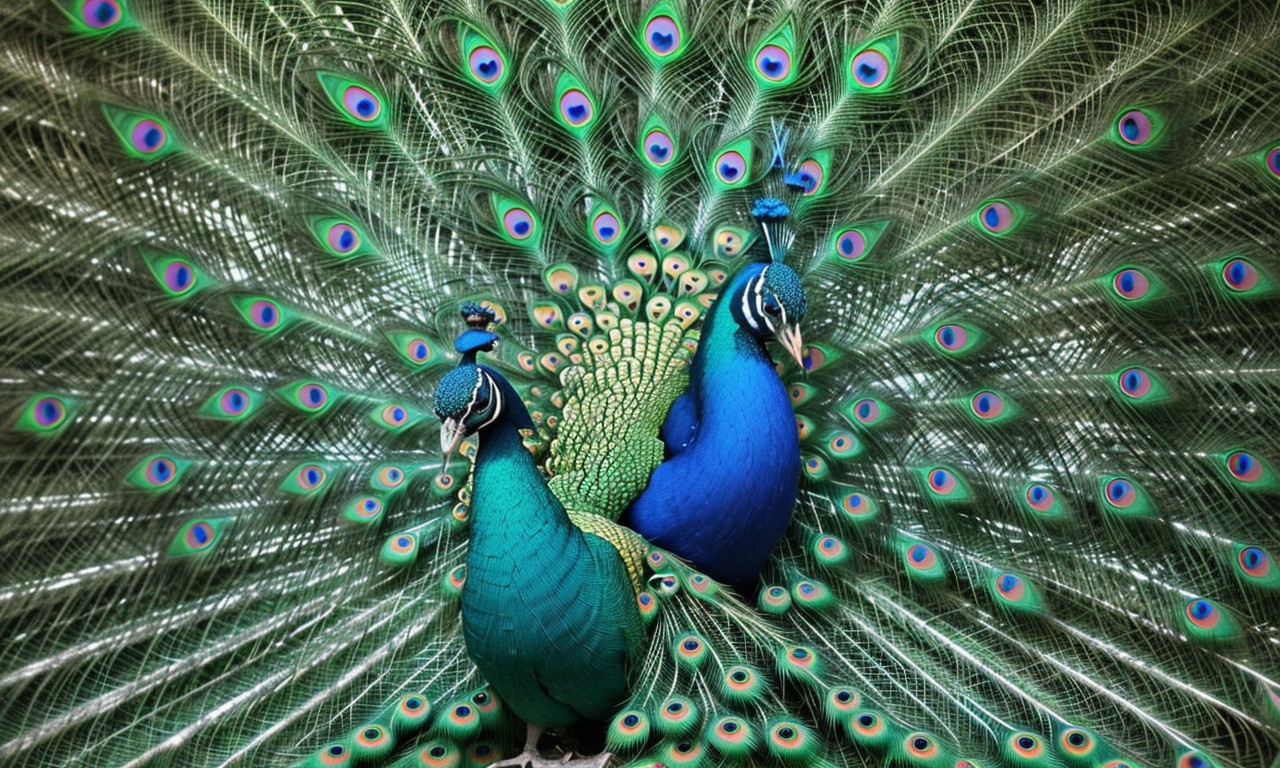
Peacocks have long captivated human imagination with their resplendent beauty and symbolic significance. At the heart of their mystique lies their profound association with divinity. In various cultures, peacocks are revered as sacred and symbolize spiritual awakening. The striking eyes on their feathers are often interpreted as the watchful gaze of the divine or the omniscient presence of a higher power.
In Hindu mythology, the peacock is the vehicle of Saraswati, the goddess of wisdom, music, and arts. It is believed that the bird embodies qualities of divinity, embodying grace, purity, and the expansive nature of the soul. Similarly, in Christian iconography, the peacock represents resurrection and eternal life, with its feather’s pattern often seen as a metaphor for an all-seeing god.
Not limited to Eastern traditions, the symbolic resonance of peacocks spans globally. Ancient Greeks attributed the bird to Hera, the queen of the gods, underscoring themes of immortality and divine watchfulness. Beyond myth, the peacock’s elaborate courtship dance and vibrant hues have inspired humans to see them as earthly embodiments of celestial wonder, reflections of a beauty that is both ephemeral and eternal.
In essence, these majestic birds serve as living metaphors for divinity, bridging the tangible and the transcendent, inspiring awe and reverence in their wake.
Peacock Tattoo Meaning
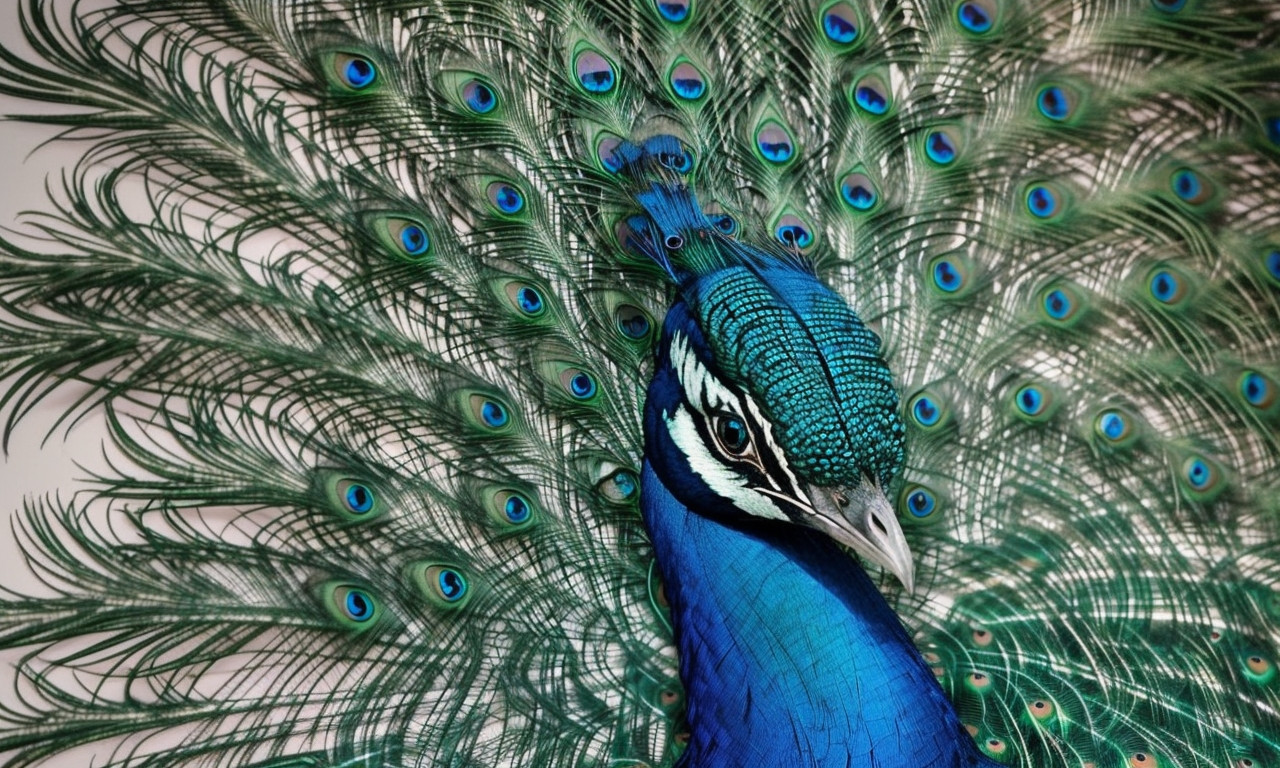
Exploring the mystical meanings behind peacock symbolism reveals an array of interpretations rooted in various cultures and spiritual beliefs. The peacock, renowned for its mesmerizing plumage, stands as a powerful emblem of beauty, immortality, and renewal. In ancient mythologies, peacocks are regarded as sacred creatures, often linked to divine beings and celestial entities. Their stunning feathers, adorned with "eyes," are believed to offer protection against evil and insight into the unseen world, symbolizing watchfulness and heightened perception.
Considering a peacock tattoo meaning involves delving into these profound layers of symbolism. For many, a peacock tattoo represents not only external beauty but also inner brilliance and self-confidence. It serves as a reminder to embrace one’s unique qualities and to strut proudly, much like the bird itself. Some cultures view the peacock as a symbol of rebirth, drawing from its connection to cycles of life and nature. This can resonate deeply with those seeking personal transformation or embarking on new beginnings.
Moreover, in spiritual contexts, a peacock tattoo can symbolize enlightenment and the quest for inner truth, inspired by the bird’s association with spiritual awakening and the divine. Ultimately, the intricacies of peacock symbolism offer rich and varied meanings, providing deep personal significance for anyone choosing to adorn their body with this magnificent and storied creature.
Peacock Symbolism: FAQ’s

Peacock symbolism is embedded deeply in various cultures and traditions, carrying profound mystical meanings that many find fascinating. Peacocks, with their radiant plumage and regal presence, are often seen as symbols of beauty, nobility, integrity, and rebirth. In Hinduism, peacocks are associated with the deity Saraswati, embodying wisdom and knowledge. Similarly, in Christianity, the peacock symbolizes immortality and the resurrection, making frequent appearances in early Christian art.
But what exactly do peacocks represent, and how did these beliefs originate? Peacock Symbolism: FAQ’s reveal that these birds are not just admired for their aesthetic appeal but also for their spiritual significance. People often ask whether peacocks can signify protection or if they have abilities to ward off evil spirits. The answers can be found in various folklores and ancient texts, making this beautiful bird a fascinating subject of inquiry.
Interestingly, the peacock’s elaborate display during courtship is seen as a metaphor for the soul’s display of its virtues. In Buddhist teachings, the peacock is a symbol of purity and enlightenment. Hence, peacocks are revered as harbingers of good fortune and spiritual awakening. Delving into Peacock Symbolism: FAQ’s offers an expansive view of how these majestic birds connect the material and mystical realms, enriching cultural narratives across the globe.
Is peacock a good omen?
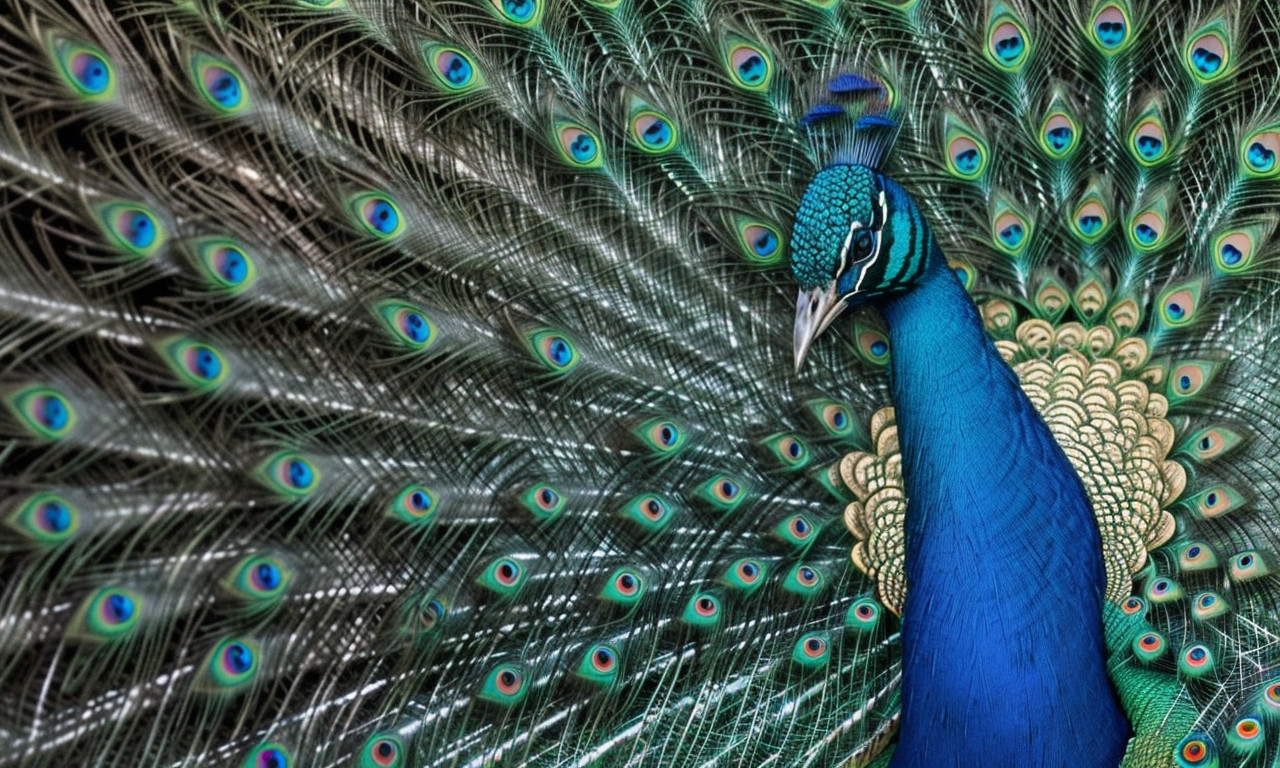
Peacock symbolism has captivated human imagination for centuries, weaving a rich tapestry of cultural and mystical meanings around these magnificent birds. Known for their vibrant plumage and regal strut, peacocks are often considered symbols of beauty, grace, and renewal. In many traditions, they are revered as divine messengers, emblems of immortality, and harbingers of good fortune. But is peacock a good omen? The answer is resoundingly affirmative in numerous cultures.
In Hinduism, the peacock is associated with the goddess Saraswati, who embodies wisdom and artistic expression. On the other hand, early Christians viewed the peacock as a symbol of resurrection and eternal life due to the mythical belief that their flesh does not decay. In Chinese symbolism, peacocks signify dignity and beauty, often seen as a fortunate sign that brings harmony and peace.
These diverse representations converge on the notion that the peacock holds a positive connotation. Spotting a peacock, or even a single feather, is often believed to signal impending good luck and prosperity. Whether in art, folklore, or spiritual teachings, the presence of a peacock continues to be seen as a versatile emblem of auspiciousness and mystical beauty, reinforcing the sentiment that the peacock is indeed a good omen.
What is the spiritual meaning of peacock?

The peacock, with its resplendent feathers and captivating beauty, has long been a symbol of various spiritual and cultural significances across different traditions. But what is the spiritual meaning of peacock? Historically, peacocks have been associated with immortality, renewal, and the divine. In Hinduism, the peacock is the vehicle of Saraswati, the goddess of wisdom and learning, symbolizing knowledge and benevolence. In Christianity, it is often linked to the Resurrection due to its ability to renew its magnificent plumage annually.
The peacock’s eye-like feather patterns are said to represent vision and awareness, seeing into the soul and unveiling deeper truths. This idea resonates strongly within spiritual practices, suggesting enlightenment and the awakening of spiritual insight. Additionally, the iridescence of the feathers signifies protection and safeguarding from negative energies, promoting positive vibrations.
In many traditions, the peacock embodies the essence of beauty, grace, and pride. Its graceful dance and flamboyant display remind us of the importance of expressing our true selves and embracing our uniqueness. The spiritual meaning of the peacock extends to personal growth, encouraging us to transform and showcase our inner beauty with confidence and poise. Through understanding the mystical essence of this magnificent bird, we gain deeper appreciation for its symbolic wisdom and the profound lessons it imparts.
What does the female peacock symbolize?
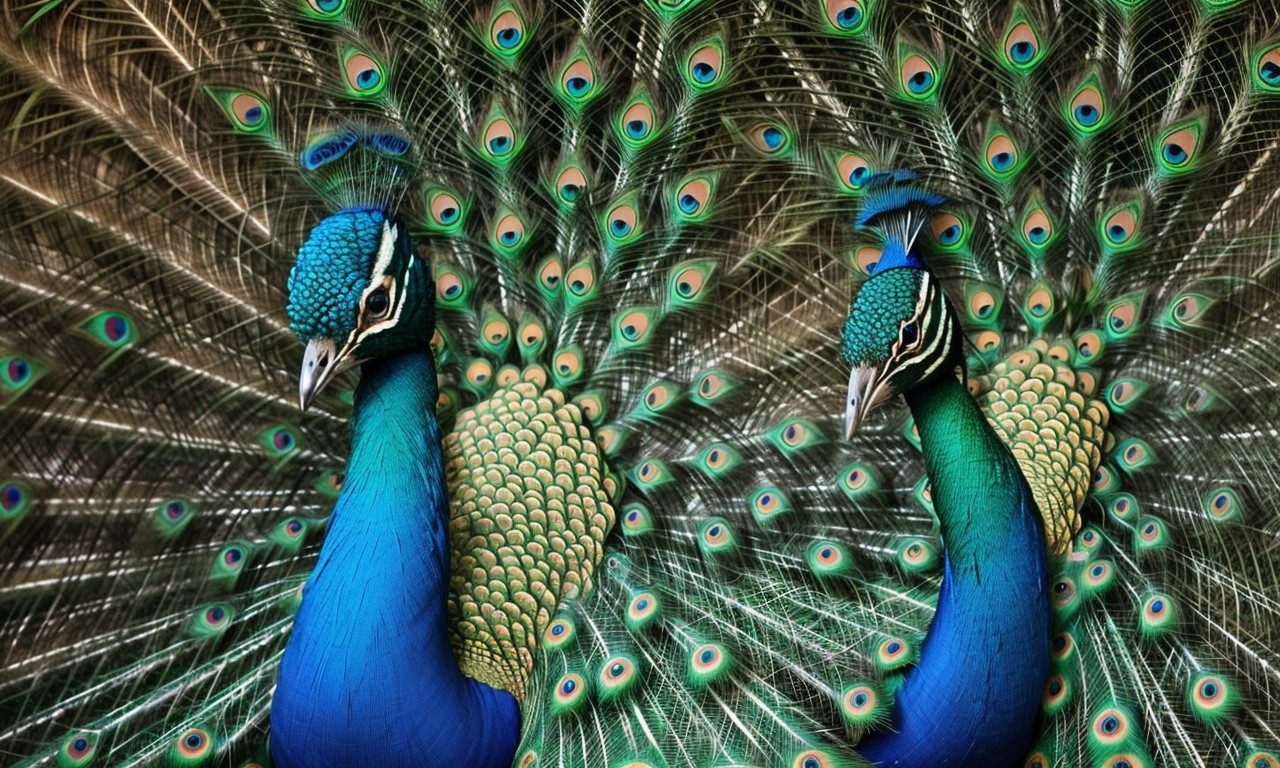
Peacock symbolism has captivated various cultures and traditions for centuries, serving as a beacon of beauty, pride, and renewal. When delving into the question, "What does the female peacock symbolize?" we uncover layers of mystic and cultural significance. Often overshadowed by the flamboyant male, the female peacock, or peahen, embodies distinct attributes such as nurturance, protection, and inner strength. She is a symbol of quiet resilience and maternal care, contrasting the male’s visual grandeur with an equally important role in the avian world.
In many cultures, the female peacock symbolizes modesty and grace. Unlike her male counterpart’s vibrant plumage, she is more subdued, reflecting a deeper layer of beauty that goes beyond the surface. This dichotomy between the male and female birds enriches our understanding of peacock symbolism, highlighting the balance of showy allure and grounded elegance.
Furthermore, the peahen is often seen as a guardian, given her protective nature over her brood. She represents the essence of motherhood and the virtue of selfless dedication. Hence, while the male peacock dazzles with physical splendor, the female peacock symbolizes inner beauty, strength, and the uncelebrated yet indispensable aspects of life.
What is the spiritual meaning of peacock feathers?
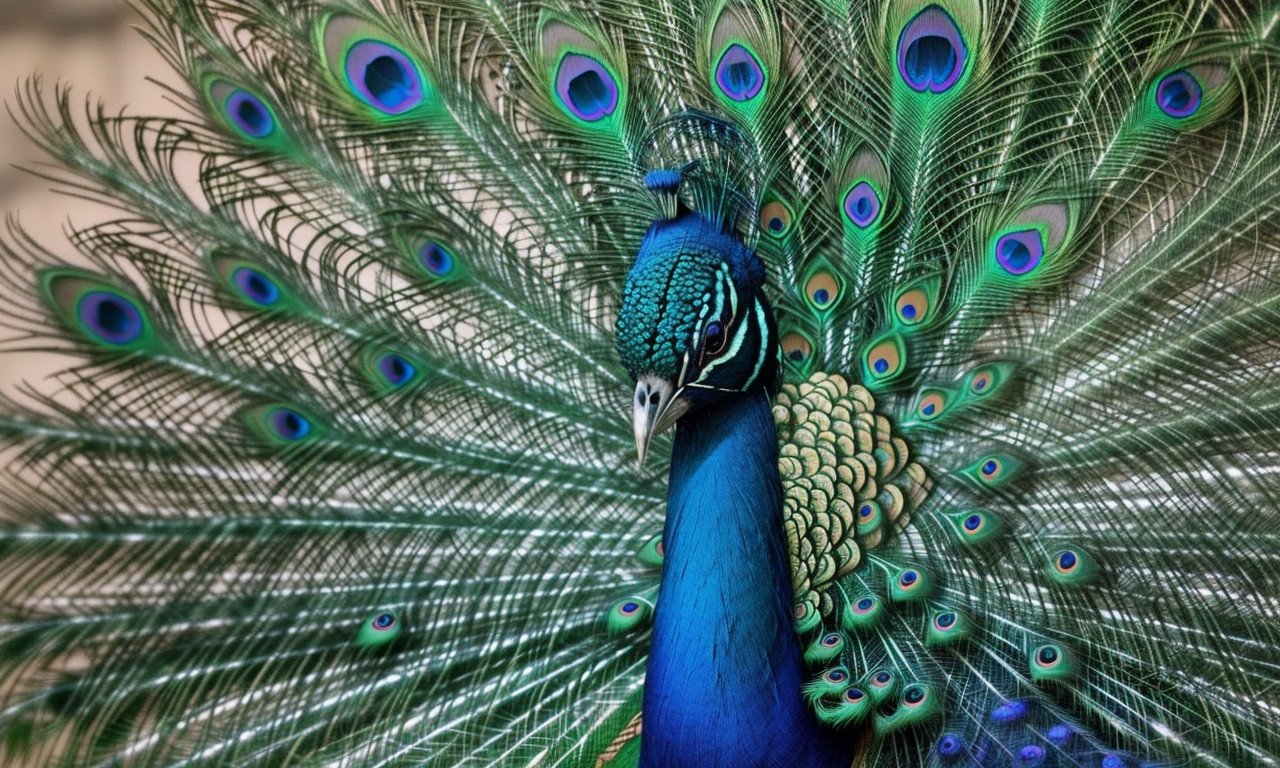
Peacock symbolism is rich with meanings, intertwining themes of beauty, renewal, and spiritual awakening. Originating primarily from Eastern traditions, these magnificent birds captivate with their iridescent plumage and striking displays. What is the spiritual meaning of peacock feathers? These feathers are often seen as instruments of vision, symbolizing the ability to see beyond the physical and into the realm of the spirit.
In Hinduism, the peacock is associated with the deity Saraswati, representing knowledge and wisdom. The peacock’s elongated tail feathers symbolize the all-seeing vision of the gods. In Buddhism, they signify openness, acceptance, and immortality, reflecting how the bird consumes poisonous plants without harm, transcending negativity through transformation.
In many cultures, peacock feathers are considered powerful talismans. They are believed to protect against evil spirits and attract prosperity. The eye-like patterns on the feathers serve as reminders to remain vigilant and mindful, enhancing one’s spiritual awareness and intuition.
Moreover, the peacock’s annual renewal cycle, shedding old feathers to grow new ones, mirrors the human journey of transformation and growth. By embracing this symbolism, one can find courage to release old habits and embrace new beginnings, thus fostering a deeper connection with one’s spiritual path.
Is a peacock a religious symbol?
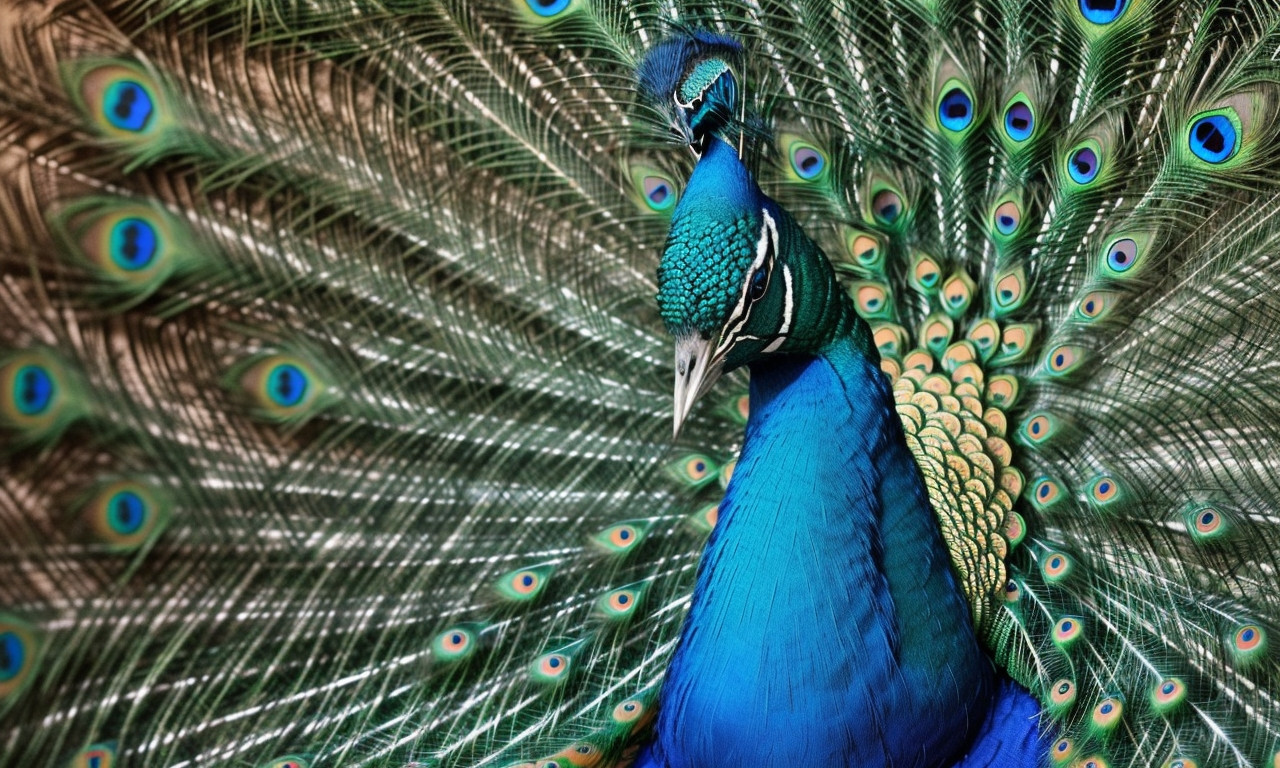
Peacocks have long fascinated cultures around the world with their vibrant plumage and majestic presence. But beyond their aesthetic appeal, these magnificent birds hold significant symbolic meanings across various traditions and belief systems. So, is a peacock a religious symbol? Indeed, it is. In Hinduism, the peacock is associated with the god Kartikeya, representing beauty, wisdom, and protection. Its feathers are often used in religious ceremonies and as decorations for divine idols.
In Buddhism, the peacock symbolizes purity and immortality. The bird is believed to possess the ability to consume poisonous snakes without being harmed, which is interpreted as a metaphor for overcoming suffering and transforming it into enlightenment. Additionally, in Christianity, the peacock is a symbol of resurrection and eternal life, as its feathers are thought to renew themselves annually.
In cultural lore, the peacock also embodies the idea of vision and awareness. Its eye-like tail feathers are said to possess the "eyes of the stars," connecting earthly experiences with heavenly insights. Across different civilizations, the peacock’s grandeur has inspired thoughts of spiritual awakening and self-realization.
Thus, the peacock transcends mere physical beauty, embodying profound spiritual and religious significance that speaks to the deeper mysteries of life and existence.
Conclusions

Peacock symbolism is rich and diverse, offering insights into various cultures and spiritual practices. These majestic birds are often seen as symbols of beauty, immortality, and integrity. Their vibrant plumage and impressive courtship displays make peacocks an emblem of eternal life in many mythologies, particularly in Hinduism where they are associated with the deity Krishna. Similarly, in ancient Greek and Roman contexts, peacocks are linked to the goddess Hera, representing watchfulness and protection.
The mystical meanings behind peacocks extend beyond beauty and immortality. Their ability to shed old feathers and regrow new ones symbolizes renewal and transformation. This trait has led several traditions to consider the peacock a symbol of resurrection and spiritual awakening. For instance, in Christian iconography, the peacock is often depicted to illustrate the concept of an incorruptible soul.
In terms of personal growth, the peacock encourages one to embrace their true colors and display their authentic selves confidently. Its feathers, adorned with eye-like patterns, may serve as a reminder of inner vision and the importance of introspection.
Drawing conclusions, peacock symbolism serves as a powerful metaphor for life’s cyclical nature, the pursuit of self-discovery, and the celebration of personal and spiritual beauty. Understanding these aspects can provide a deeper appreciation of what peacocks represent in cultural and mystical contexts.

